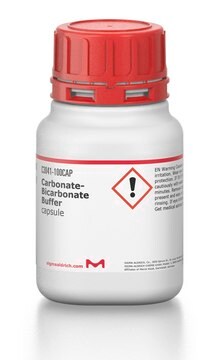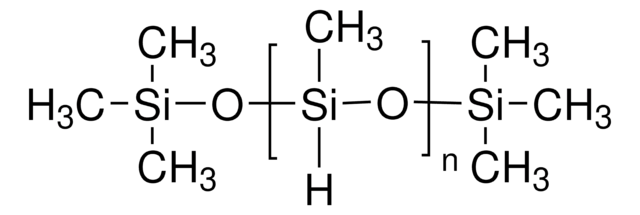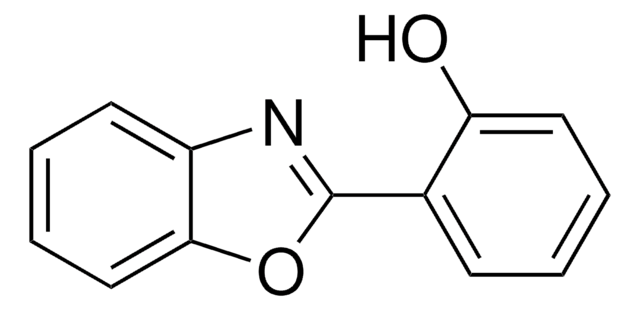208213
Polyphosphoric acid
reagent grade, 115% H3PO4 basis
About This Item
Produits recommandés
Qualité
reagent grade
Niveau de qualité
Essai
115% H3PO4 basis
Forme
viscous liquid
Caractéristiques du produit alternatif plus écologique
Design for Energy Efficiency
Learn more about the Principles of Green Chemistry.
sustainability
Greener Alternative Product
pb
300 °C (lit.)
Densité
2.06 g/mL at 25 °C
Autre catégorie plus écologique
Chaîne SMILES
[P](=O)(O)(O)O.[p]21[o][p]([o][o]2)[o][o]1
InChI
1S/O5P2.H3O4P/c1-2-7-4-3-6(1)5-7;1-5(2,3)4/h;(H3,1,2,3,4)
Clé InChI
FVYIVXLIMHNYTD-UHFFFAOYSA-N
Vous recherchez des produits similaires ? Visite Guide de comparaison des produits
Catégories apparentées
Description générale
Application
PPA may be used as a catalyst during the synthesis of dimethyl carbonate (DMC) from urea and methanol. It also acts as an absorbent for the ammonia generated in the process. PPA may be used to prepare silica-supported polyphosphoric acid (PPA-SiO2), an easy to handle, reusable heterogenous catalyst.
Autres remarques
Mention d'avertissement
Danger
Mentions de danger
Classification des risques
Eye Dam. 1 - Met. Corr. 1 - Skin Corr. 1B
Code de la classe de stockage
8A - Combustible corrosive hazardous materials
Classe de danger pour l'eau (WGK)
WGK 1
Faites votre choix parmi les versions les plus récentes :
Déjà en possession de ce produit ?
Retrouvez la documentation relative aux produits que vous avez récemment achetés dans la Bibliothèque de documents.
Les clients ont également consulté
Notre équipe de scientifiques dispose d'une expérience dans tous les secteurs de la recherche, notamment en sciences de la vie, science des matériaux, synthèse chimique, chromatographie, analyse et dans de nombreux autres domaines..
Contacter notre Service technique











